| Aircraft Parameters |
|---|
| Total weight | - 38 kg (without battery)
- 50 kg (with battery)
|
| Max Takeoff Weight[1] | - Max takeoff weight for spraying: 90 kg (at sea level)
- Maximum takeoff weight for spreading: 101 kg (at sea level)
|
| Max Diagonal Wheelbase | 2184 mm |
| Dimensions | - 2800 mm × 3150 mm × 780 mm (arms & propellers unfolded)
- 1590 mm × 1930 mm × 780 mm (arms unfolded, propellers folded)
- 1125 mm × 750 mm × 850 mm (arms folded)
|
| Hovering Accuracy Range (with strong GNSS signal) | - RTK positioning enabled: ±10 cm horizontal, ±10 cm vertical
- RTK positioning disabled: ±60 cm horizontal and ±30 cm vertical (radar enabled: ±10 cm)
|
| RTK/GNSS Operating Frequency | - RTK: GPS L1/L2, GLONASS F1/F2, BeiDou B1/B2, Galileo E1/E5
- GNSS: GPS L1, GLONASS F1, Galileo E1, BeiDou B1
|
| Hovering Time[2] | - Hovering without payload: 18 min (@30000 mAh & takeoff weight 50 kg)
- Hovering and spraying with full payload: 7 min (@30000 mAh & takeoff weight 90 kg)
- Hovering and speading with full payload: 6 min (@30000 mAh & takeoff weight 101 kg)
|
| Max flight radius can be set | 2000 m |
| Max Wind Resistance | 6 m/s |
| Propulsion System – Motor |
|---|
| Stator Size | 100×33 mm |
| Motor KV Value | 48 RPM/V |
| Motor Power | 4000 W/rotor |
| Propulsion System – Propeller |
|---|
| Diameter | 54 inch |
| Rotor Quantity | 8 |
| Dual Atomized Spraying System – Operation Box |
|---|
| Operation Box Capacity | Full load 40 L |
| Operating Payload | Full load 40 kg[1] |
| Dual Atomized Spraying System – Sprinkler |
|---|
| Sprinkler Model | LX8060SZ |
| Sprinkler Quantity | 2 |
| Droplet Size | 50-300 μm |
| Max Effective Spray Width[3] | 11 m (relative operating altitude 2.5 m, flight speed 7 m/s) |
| Dual Atomized Spraying System – Water Pump |
|---|
| Pump Model | Magnetic Drive Impeller Pump |
| Max Flow Rate | 6 L/min*2 |
| T40 Spreading System |
|---|
| Applicable Materials | Solid dry particles with a diameter of 0.5 to 5 mm |
| Spread Tank Volume | 70 L |
| Spread Tank Internal Load | 50 kg[1] |
| Spread Width of Spreading System[4] | 7 m |
| Recommended Operating Temperature | 0°C to 40°C (32°F to 104°F) |
| Active Phased Array Omnidirectional Radar |
|---|
| Model Number | RD2484R |
| Terrain Follow | Max incline: 30° |
| Obstacle Avoidance[5] | Sensible distance (horizontal): 1.5-50 m- FOV: 360° horizontal, ±45° vertical
- Operating conditions: Flying higher than 1.5 m over the obstacle at a speed not exceeding 7 m/s
- Safe distance: 2.5 m (distance between the propeller tip and obstacle when the aircraft is hovering after braking)
- Sensing direction: horizontal omnidirectional avoidance
Sensible distance (above): 1.5-30 m- FOV: 45°
- Operating conditions: Available during takeoff, landing, and ascending when an obstacle is more than 1.5 m above the aircraft
- Safe distance: 2.5 m (distance between the top of the aircraft and the obstacle when the aircraft is hovering after braking)
- Sensing direction: Upward
|
| Active Phased Array Backward and Downward Radar |
|---|
| Model Number | RD2484B |
| Altitude Detection[5] | - Within the altitude detection range: 1-45 m
- Fixed altitude range: 1.5-30 m
|
| Rear Obstacle Avoidance[5] | Sensible distance (rear): 1.5-30 m
FOV: ±60° horizontal, ±25° vertical
Operating conditions: Available during takeoff, landing, and ascending when an obstacle is more than 1.5 m behind the aircraft and the flight speed does not exceed 7 m/s
Safe distance: 2.5 m (distance between the propeller tip and obstacle when the aircraft is hovering after braking)
Sensing direction: backward |
| Binocular Vision System |
|---|
| Measurable Range | 0.4-25 m |
| Effective Sensing Speed | ≤7 m/s |
| FOV | Horizontal: 90; Vertical: 106° |
| Work Environment Requirements | Normal lighting with clearly textured surfaces |
| Intelligent Remote Controller |
|---|
| O3 Pro Operating Frequency[6] | 2.4000 to 2.4835 GHz
5.725 to 5.850 GHz |
| O3 Pro Signal Effective Distance | - SRRC: 5 km
- MIC/KCC/CE: 4 km
- FCC: 7 km
(aircraft altitude at 2.5 m in an unobstructed environment with no interference) |
| Wi-Fi Protocol | WIFI 6 |
| Wi-Fi Operating Frequency[6] | - 2.4000 to 2.4835 GHz
- 5.150 to 5.250 GHz
- 5.725 to 5.850 GHz
|
| Bluetooth Protocol | Bluetooth 5.1 |
| Bluetooth Operating Frequency | 2.4000-2.4835 GHz |
| Location | GPS + Galileo + BeiDou |
| Display Screens | 7.02-inch touch LCD with 1920*1200 resolution and 1200cd/m brightness2 |
| Supported Aircraft | AGRAS T40, AGRAS T20P |
| Operating temperature | -20°C to 50°C (-4°F to 122°F) |
| Storage Temperature Range | - -30°C to 45°C (within one month)
- -30°C to 35°C (between one month and three months)
- -30°C to 30°C (between three months and one year)
|
| Charging Temperature | 5° to 40°C (41° to 104°F) |
| Internal Battery Life | 3.3 hours |
| External Battery Life | 2.7 hours |
| Charging Type | Use a USB-C charger with a maximum rated power and voltage of 65 W and 20 V. The DJI Portable Charger is recommended. |
| Charging Time | Two hours for both internal and internal plus external batteries (to use the official charging method when the aircraft is off) |
| T40 Intelligent Flight Battery |
|---|
| Model | BAX601-30000mAh-52.22V |
| Weight | Approx. 12 kg |
| Capacity | 30000 mAh |
| Voltage | 52.22 V |
| D12000iE Multifunctional Inverter Generator |
|---|
| Output Channel | - DC charging output 42-59.92V/9000W
- Power supply for air-cooled heat sink 12 V/6 A
- AC output 230V/1500W or 120V/750W[7]
|
| Battery Charging Time | To fully charge one battery (T40 battery) takes 9-12 mins |
| Fuel Tank Capacity | 30 L |
| Starting Method | Starting the Generator via the One-Button Start Switch |
| Max Power of Engine | 12000 W |
| Fuel Type | Unleaded gasoline with RON ≥91 (AKI ≥87) and alcohol content less than 10%
(*Brazil: unleaded gasoline with RON ≥ 91 and alcohol content of 27%) |
| Reference Fuel Consumption[8] | 500 ml/kWh |
| Engine Oil Model | SJ 10W-40 |
| Definition |
|---|
| - Data was measured at sea level. The payload weight is greatly affected by the ambient temperature and altitude. The payload weight needs to be reduced by 10 kg for every 1,000m increase in altitude. The DJI Agras app will recommend the payload weight according to the current status and surroundings of the aircraft. When adding materials, the maximum weight should not exceed the recommended value, otherwise flight safety may be compromised.
- Hovering time measured at sea level with a wind speed lower than 3 m/s and ambient temperature of 25°C, when the battery power fell from 100% to 0%. The data is for reference only. The actual environment may differ from the testing environment. The figure listed is for reference only.
- The spray width of the spraying system depends on the operating scenario.
- The spread width of the spreading system depends on the operating scenario.
- The effective sensing range varies depending on the material, position, shape, and other properties of the obstacle.
- In some countries, the 5.1 and 5.8GHz frequencies are prohibited, or the 5.1GHz frequency is only allowed for indoor use. Please refer to local laws and regulations.
- The actual power and voltage may vary according to local regulations.
- Measured using RON 92 gasoline at near sea level with an ambient temperature of 25°C, while charging at 9 kW.
|
 PowerEgg X Wizard 4K/60FPS Multi-Purpose Waterproof Drone for Flying and Landing in Inclement Weather & Water Sports Photography 1 × $800.00
PowerEgg X Wizard 4K/60FPS Multi-Purpose Waterproof Drone for Flying and Landing in Inclement Weather & Water Sports Photography 1 × $800.00 Snap White Instant Digital Camera in White 1 × $120.99
Snap White Instant Digital Camera in White 1 × $120.99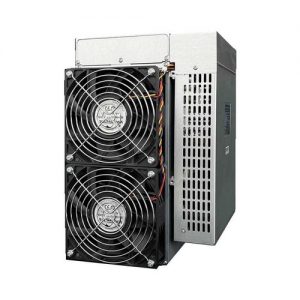 GoldShell KD5 18Th Kadena Miner With PSU 1 × $2,100.00
GoldShell KD5 18Th Kadena Miner With PSU 1 × $2,100.00 Bitmain Antminer L3+ 504mh With Apw3++ Power Supply 1 × $180.00
Bitmain Antminer L3+ 504mh With Apw3++ Power Supply 1 × $180.00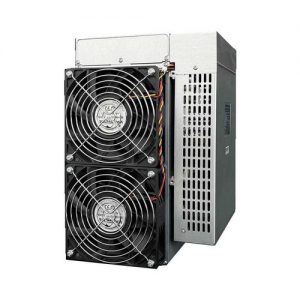 Goldshell KD2 With PSU 1 × $1,800.00
Goldshell KD2 With PSU 1 × $1,800.00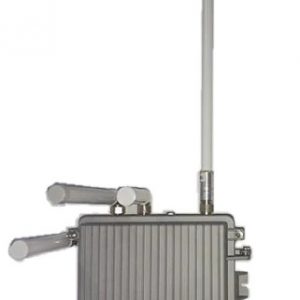 RisingHF RHF2S308 1 × $380.00
RisingHF RHF2S308 1 × $380.00 Bitmain Antminer S19 Pro (110Th) With PSU 1 × $500.00
Bitmain Antminer S19 Pro (110Th) With PSU 1 × $500.00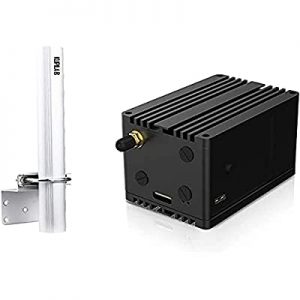 RAK Hotspot Helium Miner V2 1 × $300.00
RAK Hotspot Helium Miner V2 1 × $300.00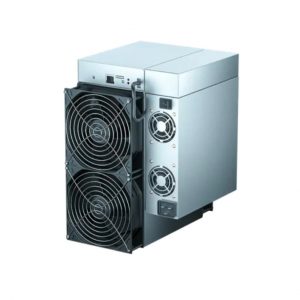 Goldshell KD MAX 40.2T 3350W (KDA) – The Productive, Profitable Machine 1 × $4,000.00
Goldshell KD MAX 40.2T 3350W (KDA) – The Productive, Profitable Machine 1 × $4,000.00 Ebang Ebit E10D With PSU 1 × $800.00
Ebang Ebit E10D With PSU 1 × $800.00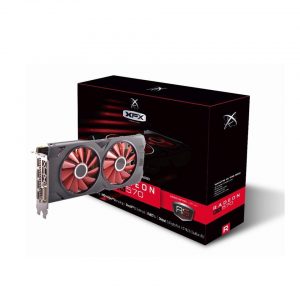 XFX Radeon RX 570 RS Black Edition 1328MHz 8GB GDDR5 PCI Express 3.0, 3xDP HDMI DVI, AMD Graphics Card RX-570P8DBDR 1 × $300.00
XFX Radeon RX 570 RS Black Edition 1328MHz 8GB GDDR5 PCI Express 3.0, 3xDP HDMI DVI, AMD Graphics Card RX-570P8DBDR 1 × $300.00
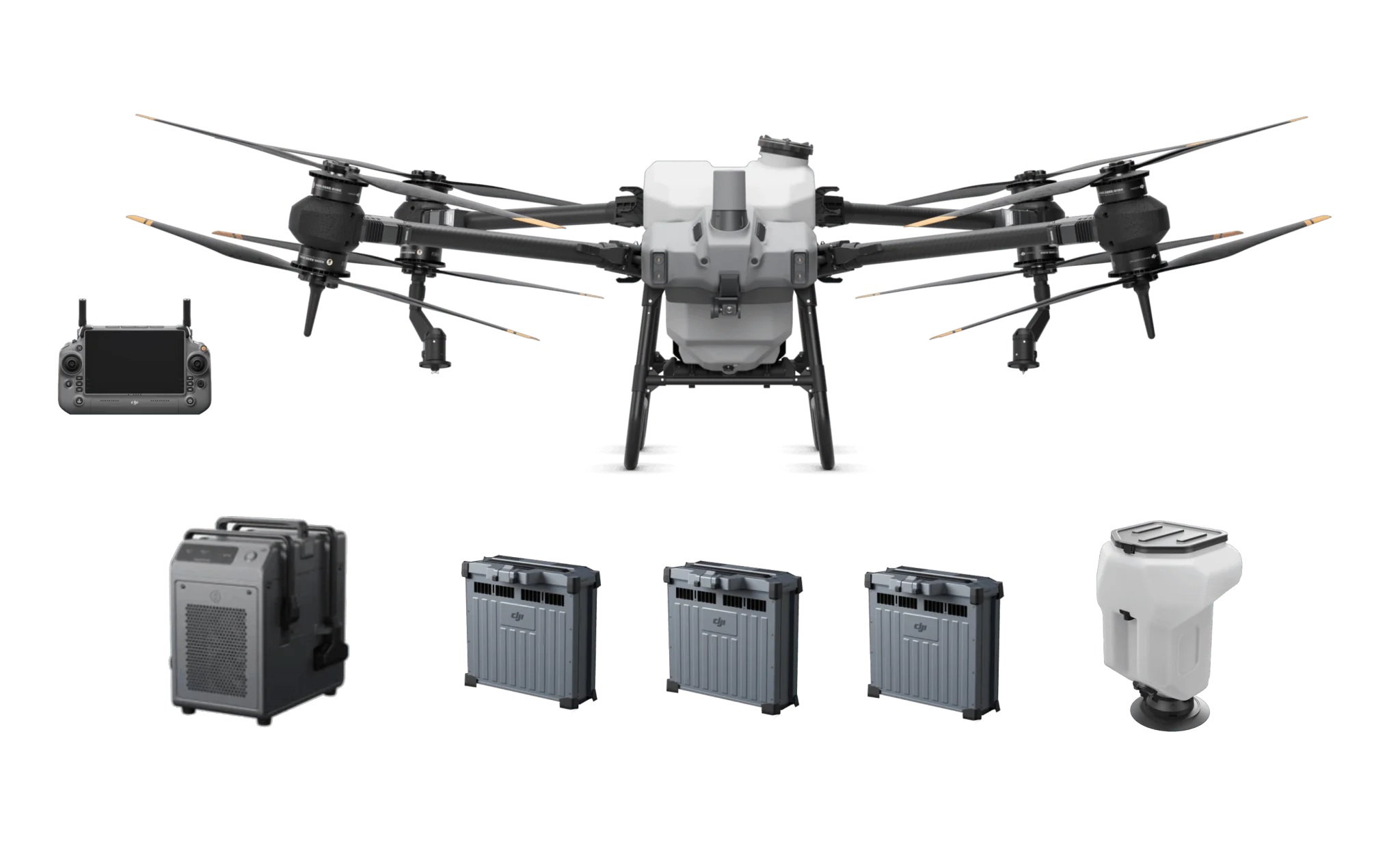
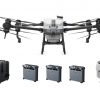






















There are no reviews yet.